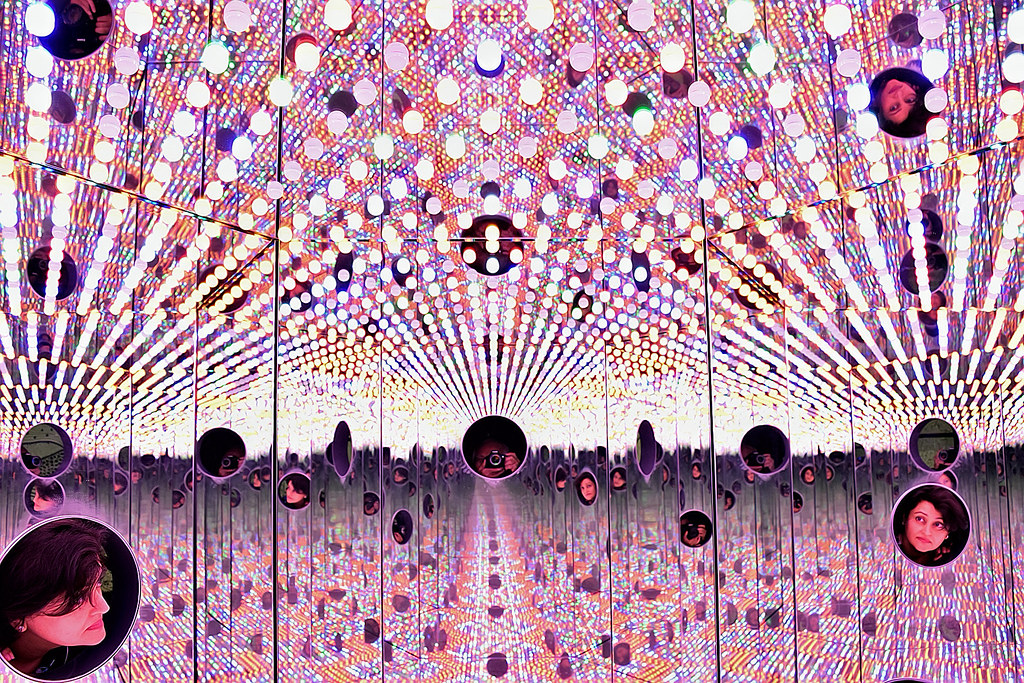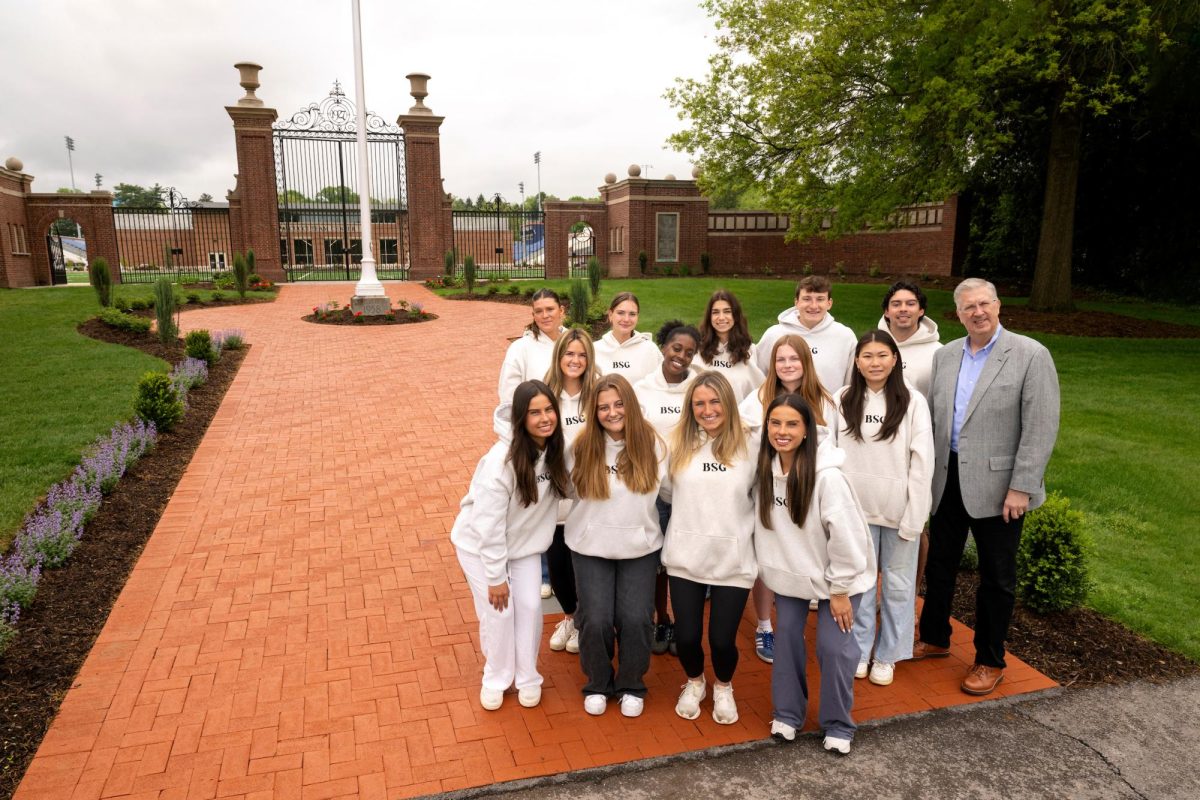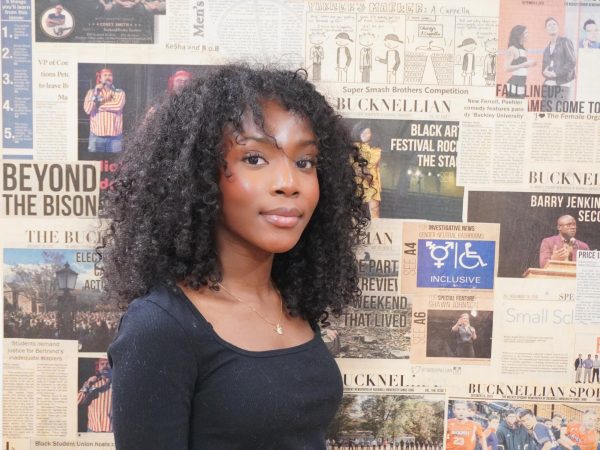As modern art continues to push boundaries, the role of intentionality—whether an artist plans every detail or lets creativity flow freely—has sparked much debate. Some artists embrace spontaneity, relinquishing rigid vision to allow for an organic, unpredictable process. Others believe that structure and intentional meaning enhance the impact of their work. But does one approach resonate more, or do they simply provide distinct artistic experiences?
Spontaneity is gaining appreciation in contemporary art, with many artists focusing on process over planned results. This method creates immediate, open-to-interpretation works that emphasize rawness and unpredictability.
Gerhard Richter exemplifies the beauty of spontaneity in his “Abstract Paintings” series. In pieces like “Abstraktes Bild” (1994), he layers paint, scraping it away to reveal unexpected textures and colors. Richter’s method mirrors the randomness of life, capturing authenticity that rigid planning may overlook. By allowing each layer to evolve, Richter accesses a more instinctive dialogue between the artist and the medium.
Julie Mehretu also leans into spontaneity, creating expansive canvases that start without a fixed direction. Her work “Mogamma (A Painting in Four Parts)” (2012) captures the energy of social movements. By blending mark-making, layering and abstraction, Mehretu conveys the unpredictable intensity of collective action and social change.
Yayoi Kusama carries spontaneity into installation art with her immersive “Infinity Mirror Rooms.” “Infinity Mirrored Room—The Souls of Millions of Light Years Away” (2013), Kusama’s room of endless reflections, invites viewers to experience a constantly shifting, boundless universe that mirrors her fascination with infinity and the chaotic vastness of perception.
Spontaneity’s rise reflects a cultural shift valuing authenticity and imperfection. In a time of meticulously curated digital images, spontaneous art offers a refreshing alternative, emphasizing unplanned and raw expressions. For many, this approach taps into a deeper emotional realm, creating works that communicate more intuitively than a structured piece might. The art world’s embrace of spontaneity counters the dominance of refined, polished visuals with a call to experience art in its real, evolving form.
In contrast, some artists believe that intentionality enhances the impact of their work. This method is especially prevalent in concept-driven or politically charged art, where clarity can amplify the work’s resonance.
Kara Walker exemplifies this approach in her exploration of race, gender and history. Her installation “A Subtlety, or the Marvelous Sugar Baby” (2014), a towering sugar-coated sculpture of a Black woman, confronts viewers with the exploitation of Black bodies in the sugar industry. Walker’s intentional symbolism transforms her work into a powerful critique, ensuring her message is clear.
Ai Weiwei relies on intentionality to communicate complex social messages. His installation “Sunflower Seeds” (2010), a field of over 100 million porcelain sunflower seeds, critiques conformity under state control. Each hand-crafted seed, though part of the collective, symbolizes an individual’s voice. Weiwei’s intentional materials and themes guide viewers toward interpreting the piece as a critique of conformity.
Both spontaneous and intentional art provide unique viewer experiences. Spontaneous works invite personal interpretation, creating a space for viewers to explore freely. Meanwhile, intentional art often offers a guided journey, directing viewers toward a focused critique or narrative.
What do you think?
Does intentionality deepen your connection to art, or does spontaneity reveal a more profound, unfiltered truth?
Do you seek a guided path through the artist’s intentions, or are you drawn to discover it on your own terms?






















